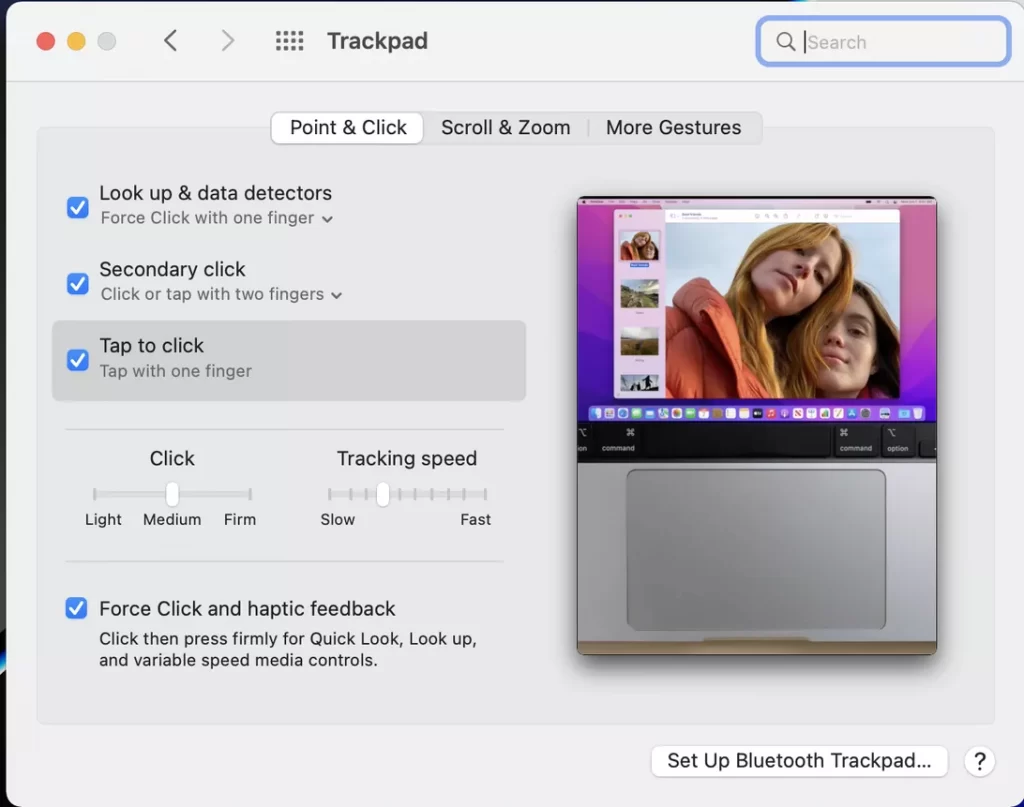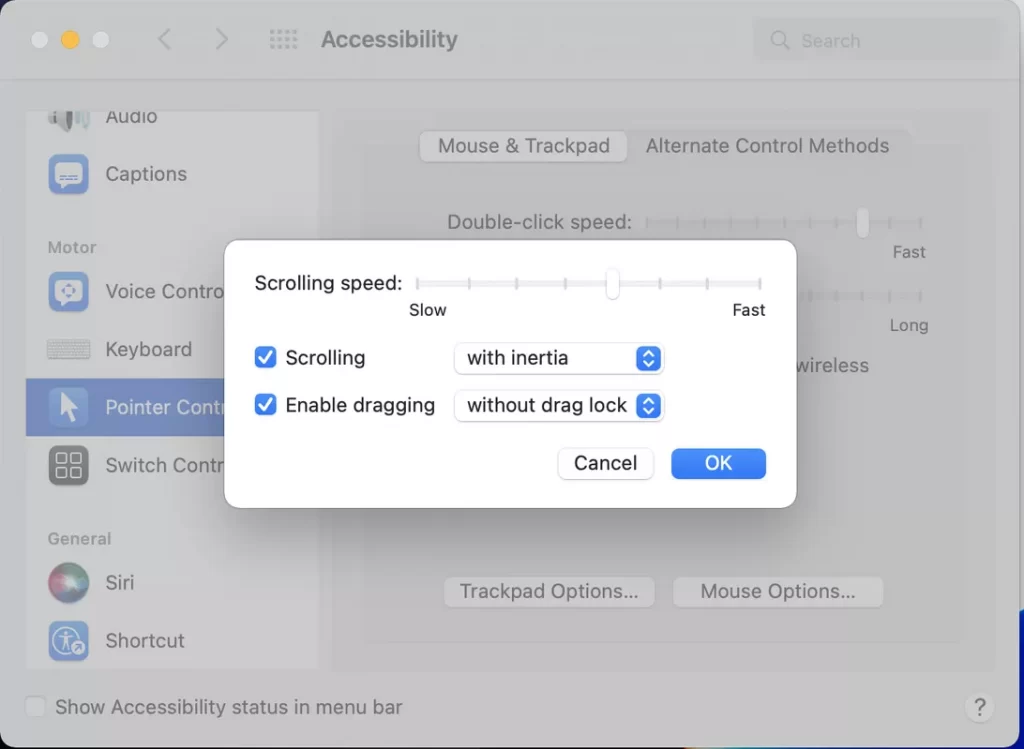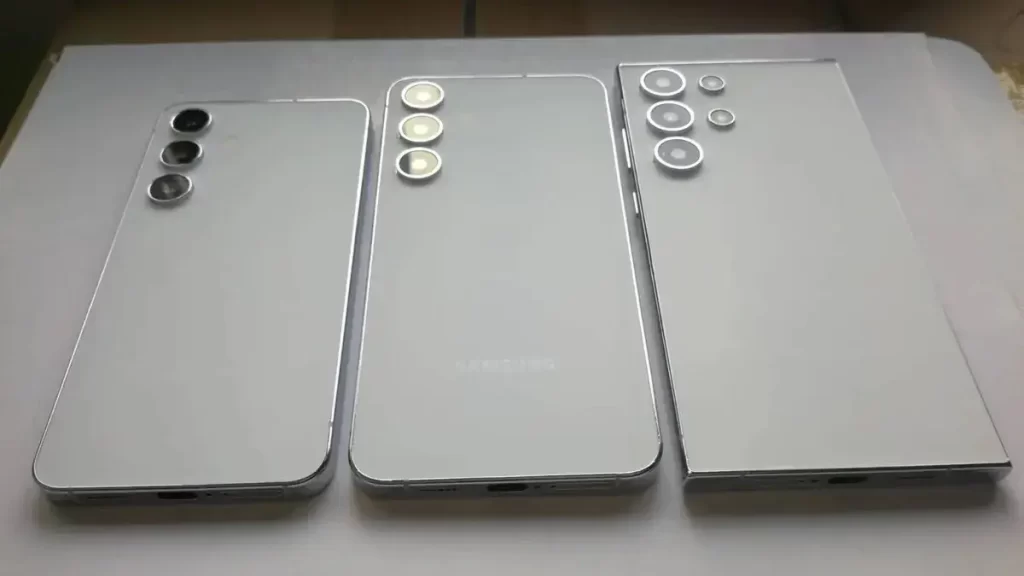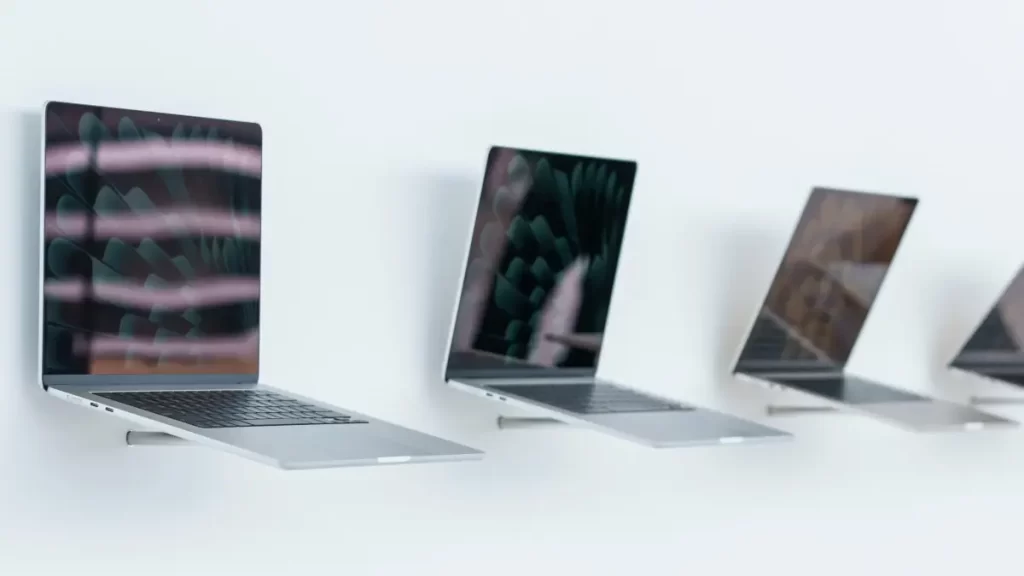Apple’s new MacBook Pro laptops are a huge leap, giving creative professionals the power they need for graphics and processor-intensive tasks. Similarly, the MacBook Air remains one of the best mainstream computers you can buy, great for students and adults alike. But… having unboxed and set up many (many!) MacBooks over the past 15 years, there’s one settings choice on modern Macs that drives me absolutely crazy.
If you’re buying a new MacBook, received one as a gift or want to make your current one a little more useful, clicking a few boxes in the System Preferences menu always makes these machines much more useful for me.
One of the best things about MacBooks has always been the huge glass trackpad, which always felt more responsive and offered more surface area than the touchpads on any Windows laptop. The difference has narrowed over the years, but it’s still hard to beat a Mac trackpad. But, it drives me crazy to see (and hear) people clicking down on their touchpads to do anything. Guess what? These touchpads have not physically depressed when clicked on for years. Instead a clever bit of haptic feedback makes it feel like you’ve clicked down.

Windows laptops have long been set up for tap-to-click, which means a simple tap of your finder works the same way as a left mouse button (or ancient touchpad button) click would. A two-finger tap is the equivalent of a right mouse button click.
But every time I set up a new Mac, I spend several minutes vainly tapping on things with no effect, because MacOS has tap-to-click turned off by default. Why? I’m assuming it’s just to make my life more difficult. Fortunately, it’s easy to fix. And if you’re a determined clicker and have no intention of becoming a tapper, that’s OK — change these settings and you can still click away, but now the tapping will work, too.

As a bonus, while we’re doing this we’re going to turn on both Exposé, which is a very useful multifinger gesture, and tap-and-drag, which is a much easier way to move things like folders around on the screen.
Fix Apple’s dumb default touchpad settings:
- System Preferences > Trackpad > Point & Click > Check the checkbox for Tap to click (which is unchecked by default.
- System Preferences > Trackpad > More Gestures > Check the checkbox for App Exposé (fifth checkbox from the top).
- System Preferences > Accessibility > Pointer Control > Trackpad Options > Check the checkbox for Enable dragging (without drag lock).
That’s it, your MacBook is now set up in a logical way.



